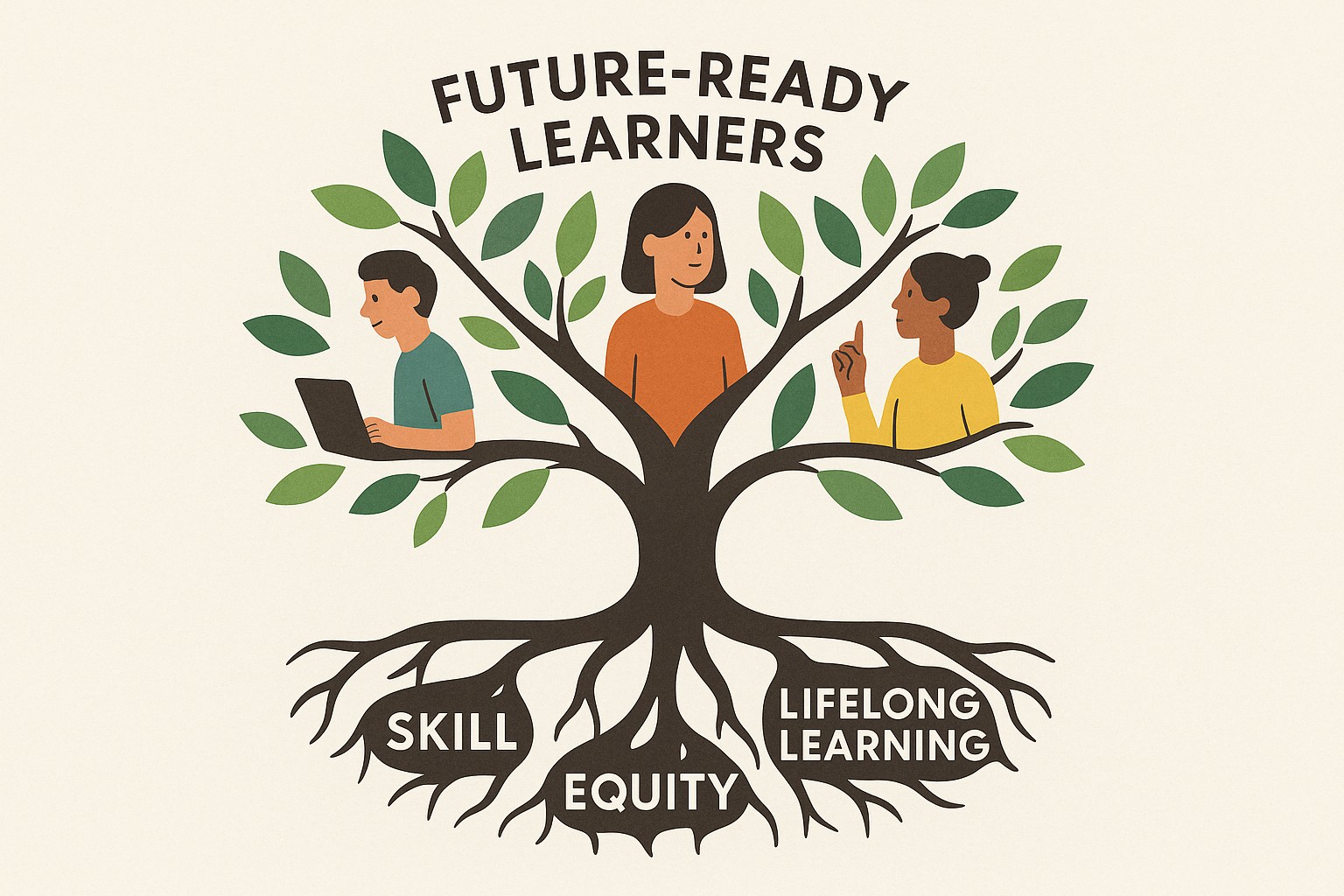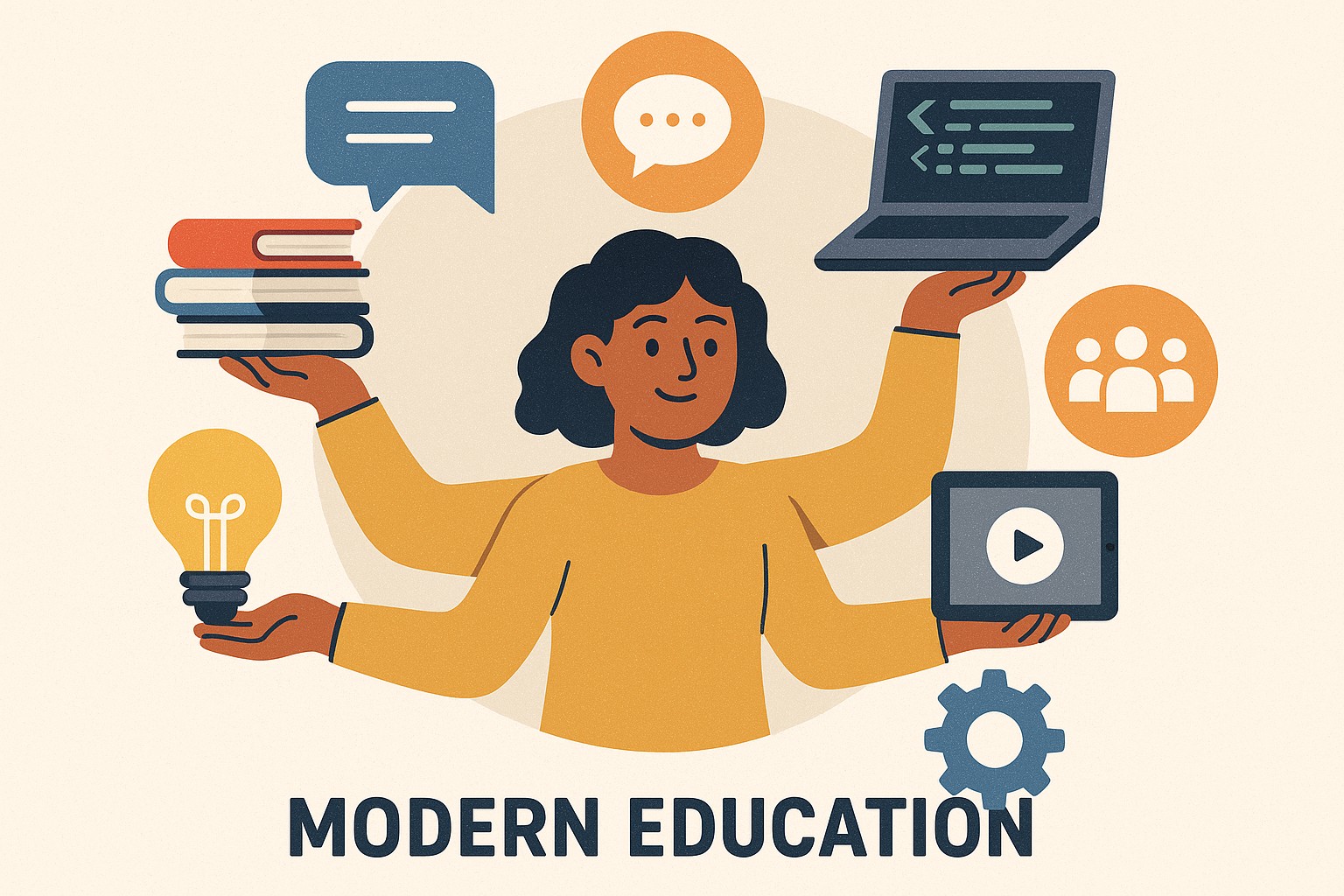
Introduction to Competency-Based Education (CBE)
Competency-Based Education (CBE) is an approach where students advance by showing they have mastered specific skills and competencies, rather than simply spending a set amount of time in class. This method focuses on clear, measurable outcomes—like critical thinking, problem-solving, or communication—and emphasizes applying knowledge in real-world situations. For instance, a student might demonstrate problem-solving by completing a practical project instead of just memorizing information.
In today’s fast-changing global economy, many traditional education systems struggle to prepare students for modern careers. CBE tackles this challenge by focusing on skills that are essential for success, such as adaptability and analytical thinking. This makes it a valuable option for regions aiming to boost employability and make education more accessible to diverse populations.
This article explores the advantages of CBE, highlights its use around the world, and responds to common concerns. By looking at its flexibility and impact in various settings, we can see how CBE has the potential to reshape education systems for the better.
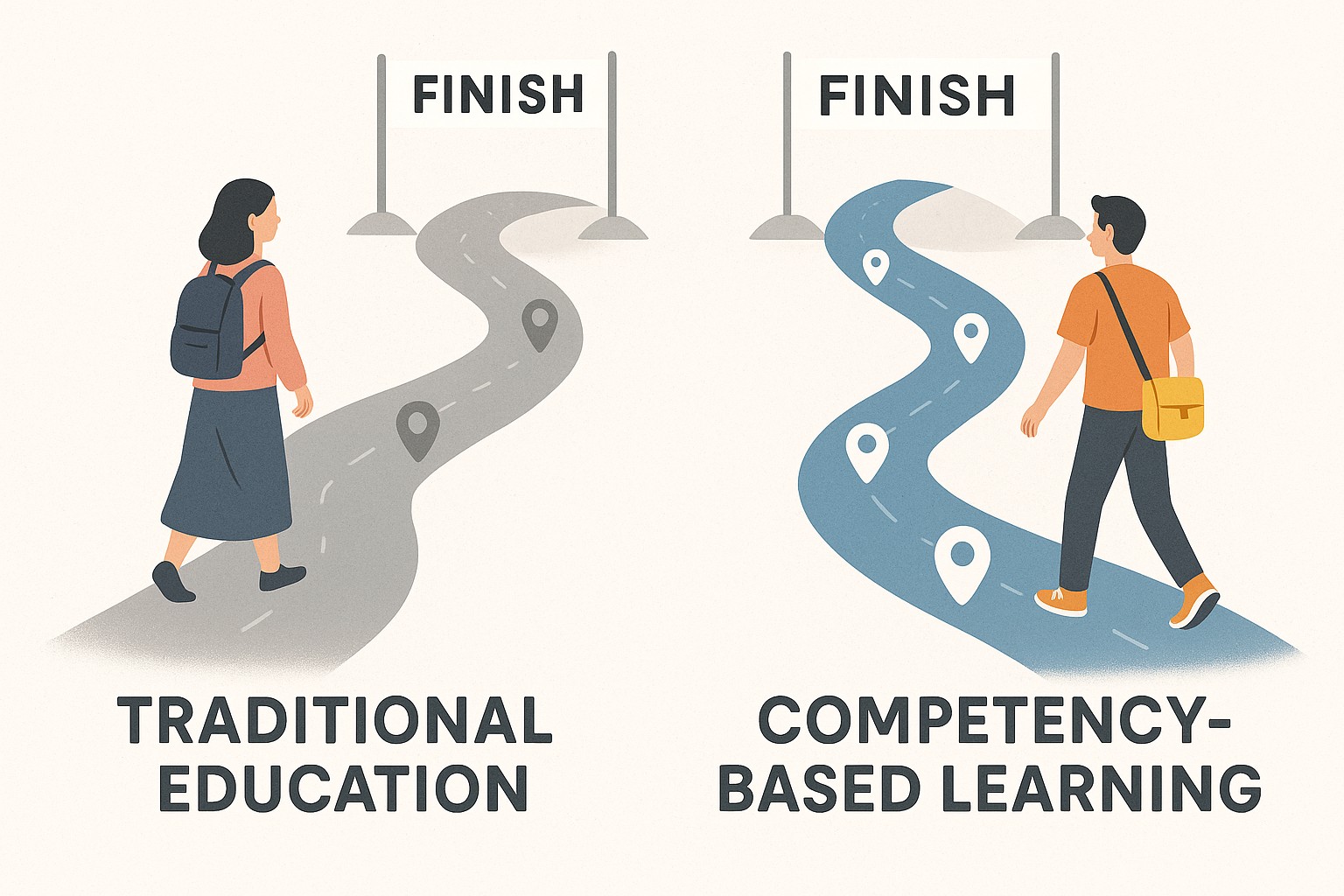
Global Perspectives on CBE
CBE has been adapted successfully in many places, showing it can work in different educational environments. This wide use challenges the idea that CBE is a one-size-fits-all solution, as it adjusts to meet local needs.
- Europe: Since the early 1990s, some European regions have used CBE to focus on core skills students need by the end of their schooling, blending learner-centered methods with national goals.
- North America: Parts of Canada shifted to CBE in the early 2000s, encouraging students to guide their own learning through group projects and practical tasks.
- Africa: Since the mid-1990s, over 20 African regions have adopted CBE with support from international groups, tailoring it to local challenges while building key skills.
- Oceania: Australia’s curriculum, updated in 2009, focuses on abilities like creativity and critical thinking, reflecting CBE’s core ideas.
- Asia: Vocational programs in some Asian polytechnics began CBE in 2018, prioritizing hands-on skills to improve job prospects.
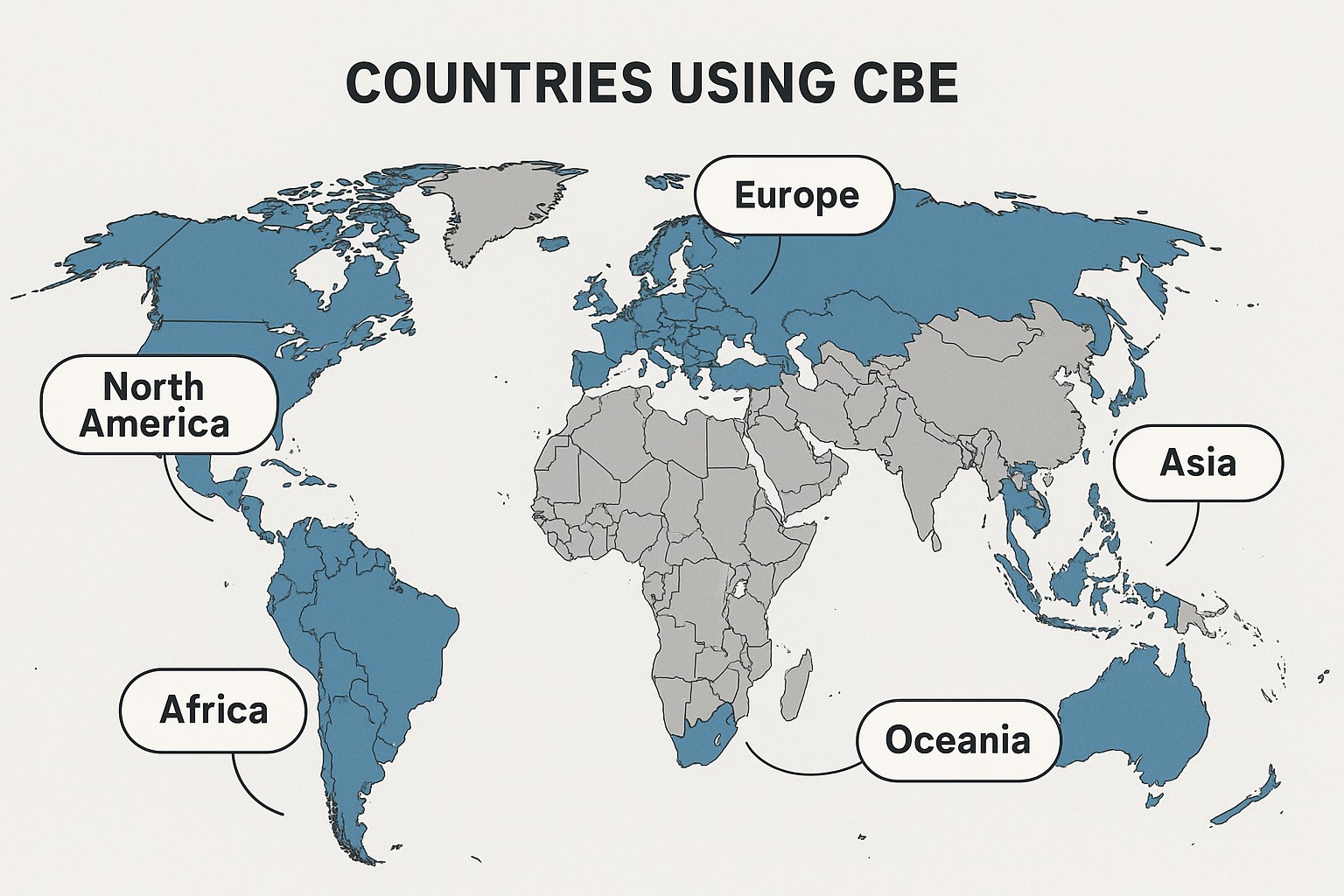
These examples show that CBE is not limited to one culture or system. It’s a versatile framework that can fit into diverse social and economic settings, offering a practical way to improve education worldwide.
CBE Addressing Modern Educational Challenges
CBE tackles several key issues in education today, such as preparing students for work, ensuring fair access to learning, and encouraging ongoing skill development.
Preparing Students for the Workforce
A major aim of education is to ready students for careers, yet traditional systems often focus more on theory than practice. CBE bridges this gap by linking learning to what employers need, helping students gain skills that matter in the workplace.
- Example: In technical training, CBE might involve working with local industries to design courses that teach teamwork, communication, and problem-solving—skills employers value.
- Benefit: Studies suggest CBE can improve job placement by focusing on practical, job-ready abilities.
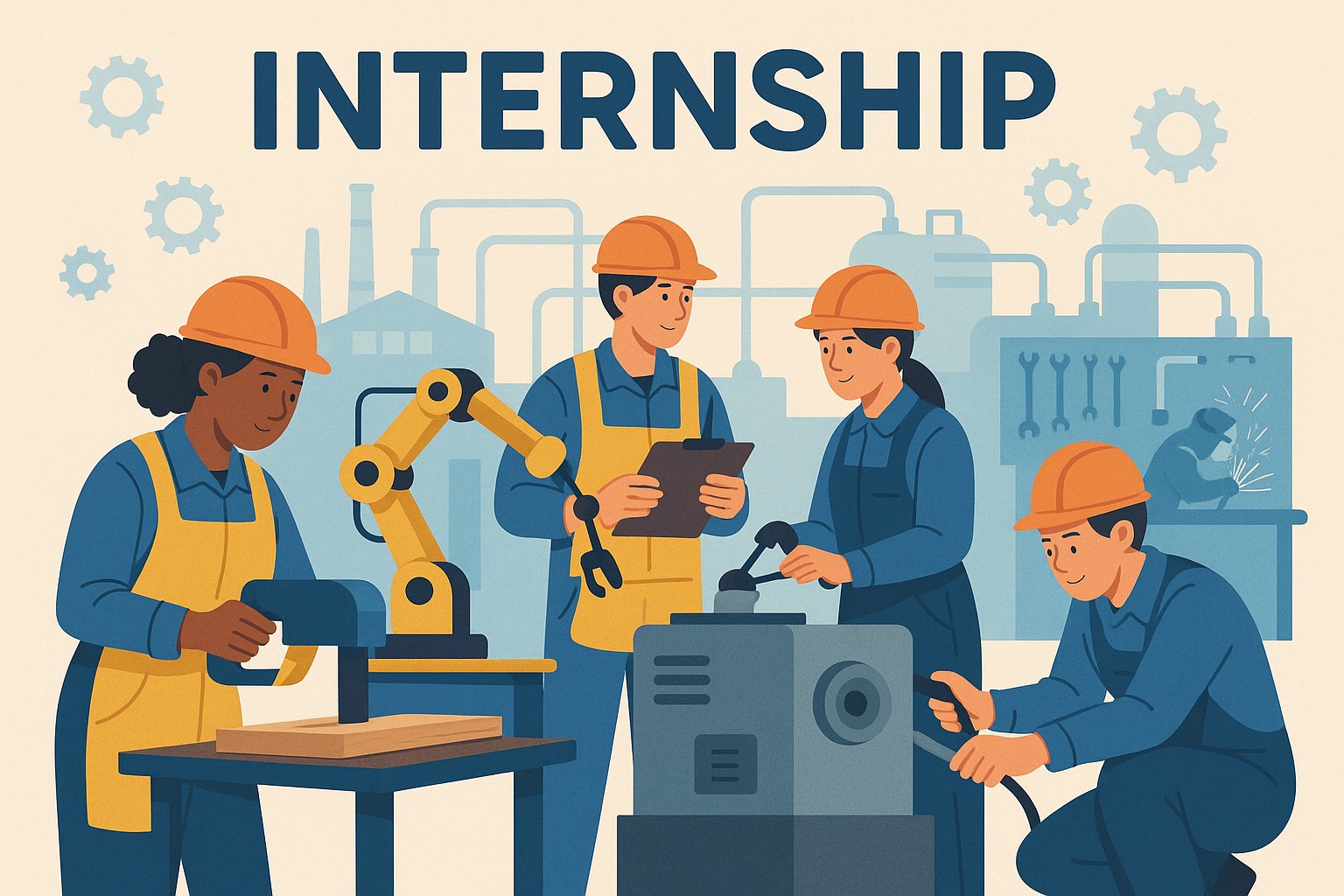
Promoting Educational Equity
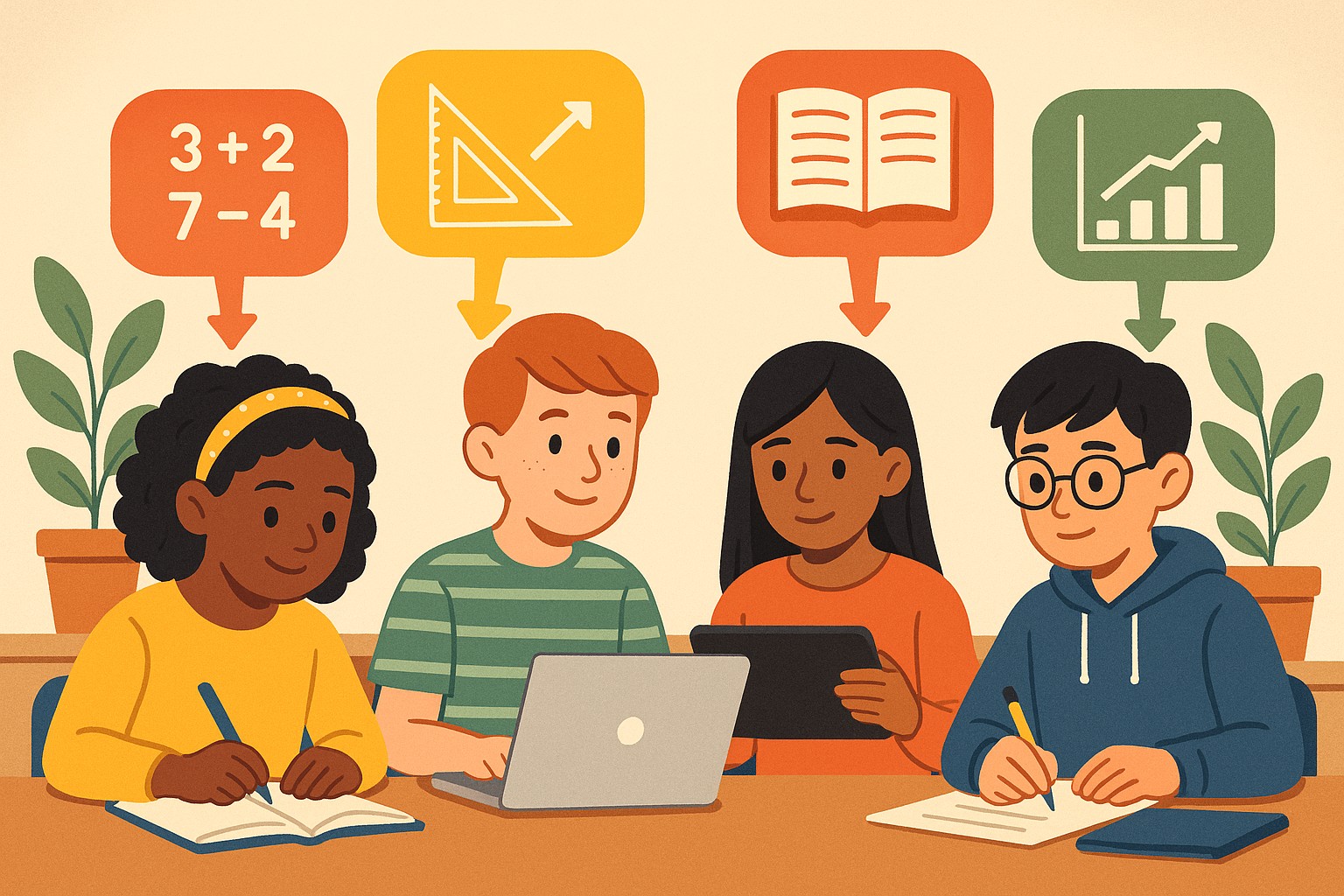
In many places, unequal access to education is worsened by systems that expect everyone to learn at the same pace. CBE offers flexibility, letting students move forward when they’re ready, which helps level the playing field for learners from different backgrounds.
- Example: In diverse communities, CBE allows tailored learning paths, so students from less-resourced areas can master skills without being stuck in rigid timelines.
- Benefit: Research shows CBE can narrow achievement gaps by supporting students who face barriers like poverty or learning differences.
Fostering Lifelong Learning
With careers changing rapidly, people need to keep learning throughout their lives. CBE builds this habit by focusing on mastery and self-directed progress, preparing students to adapt to new challenges.
- Example: CBE often credits prior experience, so adults can build on what they know without repeating basics.
- Benefit: Its flexible structure suits learners who need to update skills for new opportunities.

Technological Advancements Supporting CBE
Technology enhances CBE by making it more personalized and efficient. Key tools include:
- Adaptive Learning Platforms: These adjust lessons to match each student’s progress, offering support where it’s needed.
- Data Analytics: Real-time tracking helps teachers spot struggles and refine their approach.
- Online Assessments: Digital tools provide quick feedback and multiple chances to prove mastery.
In areas with fewer resources, technology can expand access to quality education. For example, online platforms can bring CBE to remote regions, ensuring more students can benefit.
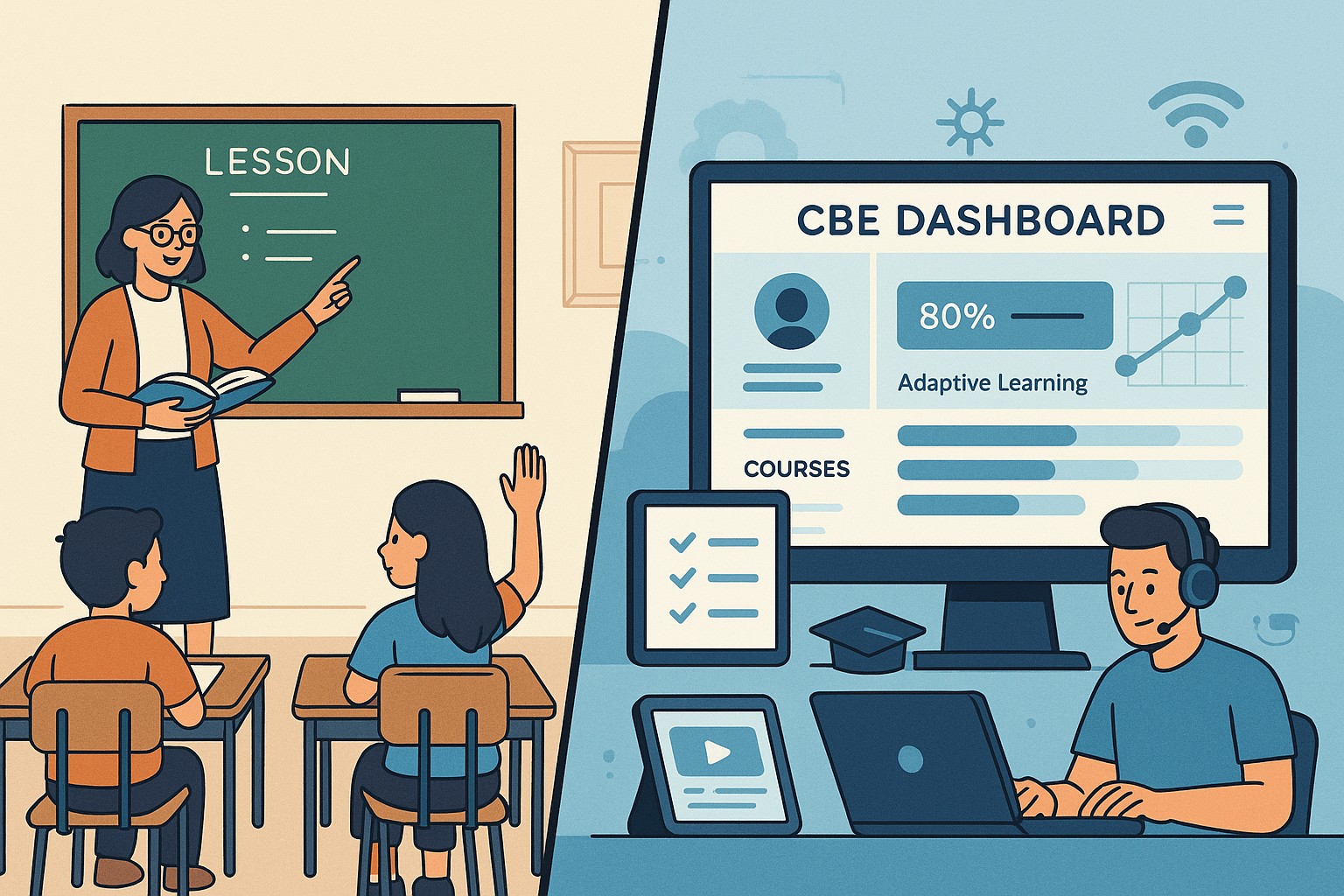
Case Studies and Success Stories
Real-world examples show how CBE works across different settings.
Urban High School, North America
- Approach: This school uses a digital system to track student progress on key skills, paired with strong teacher support and real-world projects like internships.
- Result: Students show more engagement and feel more in control of their learning.
Technical Institute, East Africa
- Approach: A vocational program emphasizes practical skills tied to local job needs.
- Result: Graduates are better prepared for work, boosting employment rates.
Teacher Training Initiative, South Asia
- Approach: A project trains thousands of teachers in CBE methods and creates skill-focused assessments for middle and high school.
- Result: A shift from memorization to practical learning, supporting wider education reforms.
These cases highlight CBE’s ability to adapt and succeed in varied contexts, offering insights for others considering this approach.
Conclusion
Competency-Based Education offers a forward-thinking way to learn, focusing on skill mastery, fairness, and lifelong growth. Its use globally, backed by technology and proven results, shows it can meet today’s educational needs. By adapting CBE to local settings and addressing concerns, it’s possible to create systems that prepare students for life, not just tests.
References and Sources
- National Education Policy 2020 (NEP 2020)
- CBSE-British Council Competency-Based Education Project
- Prodigy Game: Competency Based Education
- Research.com: Competency-Based Education Guide
- XQ Superschool: A Landscape Analysis of Competency-Based Education
- Next Gen Learning: Competency-Based Education Approaches in K-12 Schools
- General educational reports and studies on CBE implementations in France, Quebec, Francophone Africa, Australia, and Kenya.
- Reports and articles on Building 21 (Philadelphia), Crosstown High (Memphis), Nyeri National Polytechnic (Kenya), and the CBSE-British Council project (India).
